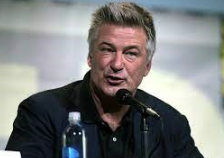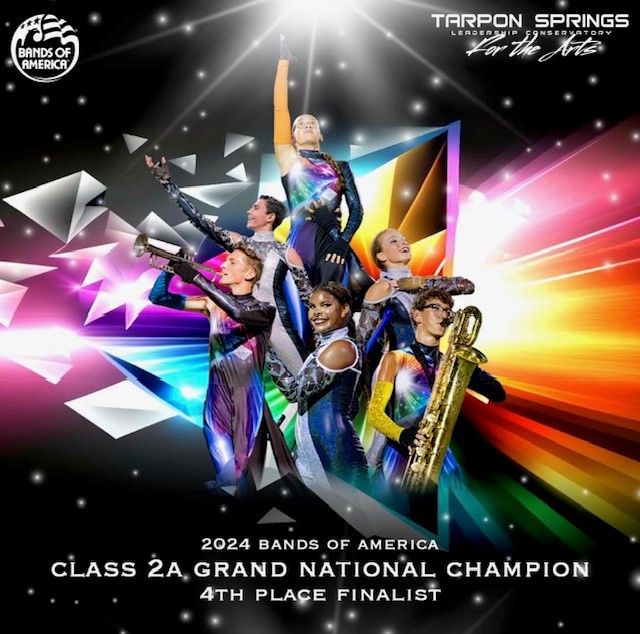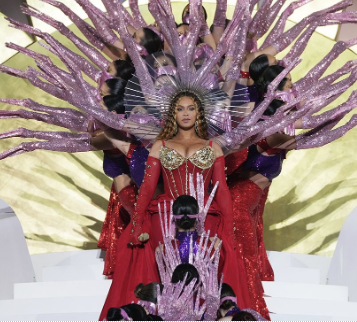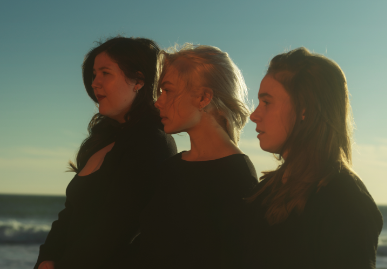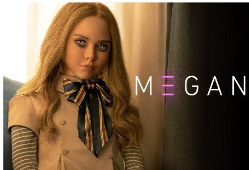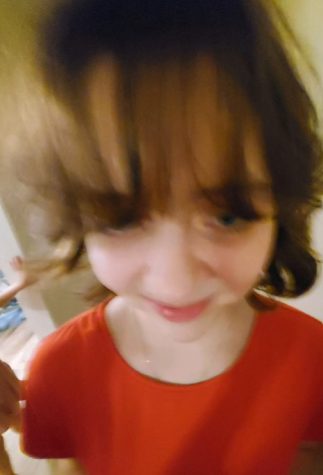The Terrifying factors behind Horror movie Psychology
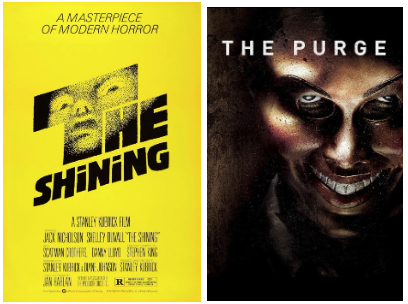
IMBD: yellow back and Titled, The Shining, with a man’s face in the letter T. Rotten Tomatoes, an image titled the purge with a masked figure grinning down on someone.
December 5, 2022
Horror movies were never about wanting to be scared; there is a psychological component behind why horror movies are as popular as they are. Two theories explain why people enjoy watching scary and risky situations: Malcolm Turvey’s “beast within”, and the boost of adrenaline, endorphins, and dopamine in the brain.
The components of a horror movie play an important role in understanding the psychology behind it.
“There are three levels of horror: The Gross-Out, Horror, and Terror. It is these elements that allow the genre to be diversely shocking and hypnotizing in not only literature but in cinema as well,” said Stephen King, an American author of horror, supernatural fiction, suspense, crime, science-fiction, and fantasy novels.
Gross-Out, according to Stephen King’s 3 Levels of Horror , is the act of repulsing the audience. When the audience must look away or cringe at how disgusting something is in a gory movie, that is the gross-out. It is important for horror movies to have this factor because many people prefer to have more gore. It enhances the creepy factor in movies, such as The Shining.
Horror is exactly what it sounds like, horrifying factors. Things that are unnatural or unexplainable fall into this category, like a man who gets shot six times, falls off a balcony, and manages to look unnotched minutes later. This factor is important to scare the audience, it is the base of what the movie is about.
Terror is where the best horrors shine the most, terror is fear solely from the imagination. This type of fear stems from the mind and the interpretations gathered by watching the movie. Leave an unnatural blank in a movie and the brain will fill It in.
Terror is the main component involved in the psychology of scary movies. Yes, some people watch it for gore and others like the monsters created in the movie, but the terror is the brain’s immediate response to what is being viewed on screen.
Take The Purge (2013), “The film presents a seemingly normal, crime-free America in the near future. However, the country is a dystopia which celebrates an annual national holiday known as “the Purge,” a day in which all crime, including murder, becomes decriminalized for a 12-hour period.”
The movie revolves around a Myth; the idea that giving humans a scapegoat to release their anger will in turn provide a type of utopia every other day.
This leads us into a theory created by Malcolm Turvey, director of the Film and Media Studies program and professor, the theory is called “the beast within.”
“It argues that an unconscious, repressed part of every human is actually savage; that the veneer of civility is very thin, and beneath that is essentially a monster, according to this idea, although we consciously disapprove of what the monster is doing, deep down part of us enjoys seeing the murder and mayhem the monster unleashes—because if we could, we would do that,” Turvey said.
When watching the purge, what makes It so thrilling is that there are no monsters, everyone is human. Turvey’s theory explains that if it was possible anyone would unleash mayhem, which is exactly what happens in The Purge. Humans’ vs humans adds a much more realistic idea to the movie because it much less unrealistic.
To get even more realistic, the boost of adrenaline, endorphins, and dopamine in the brain, is the second most popular theory when it comes to the psychology behind scary movies.
Using The Shining (1980), which is about a family that heads to an isolated hotel for the winter where a sinister presence influences the father into violence, while his psychic son sees horrific forebodings from both past and future.
The shining does a great job incorporating all the elements of horror.
Gross-out, many scenes are depicted throughout the movie-including the famous twins in the hallway-are some the movies best scenes.
Horror, the main component would be the progressive insanity the father, Jonney, experiences.
Terror, the intense chase seen at the end and the visions seen by the dad and son.
According to The Psychology of Fear | Concordia University, St. Paul Online (csp.edu), ”Horror entertainment can trigger the fight-or-flight response, which comes with a boost in adrenaline, endorphins, and dopamine. The brain can then process surroundings and conclude that the experience is not a genuine threat.”
Depending on the person any of the Three main horror elements in a movie can trigger the fight or flight response, the amount of fear is compensated by an equal amount of relief. That relief is what most people chase when experiencing an adrenalin rush.
In the shining many of the scenes left people on the edge of their seats, considering The Shining is one of the best horror movies out there it definitely scares people.
Horror movies do a great job fueling that rush, which is why many people keep watching them.
“When the extreme sense of excitement wears off, it is replaced by an equally intense sense of relief, and those positive feelings are stronger than they would have been otherwise,” said Seeker, an award-winning journalist who most recently hosted two documentary series airing on the E! Network.
When someone experiences an adrenalin rush, they mainly focus on the positive emotions after whatever made them scared originally.
Malcolm Turvey’s “beast within”, and the adrenaline, endorphins, and dopamine in the brain theory are some of the more popular theories explaining the psychology behind scary movies.
Many people try to explain the psychology behind scary movies and many more have come up with astounding theories.
This begs the question, “What’s your favorite scary movie?” (Scream 1996)

